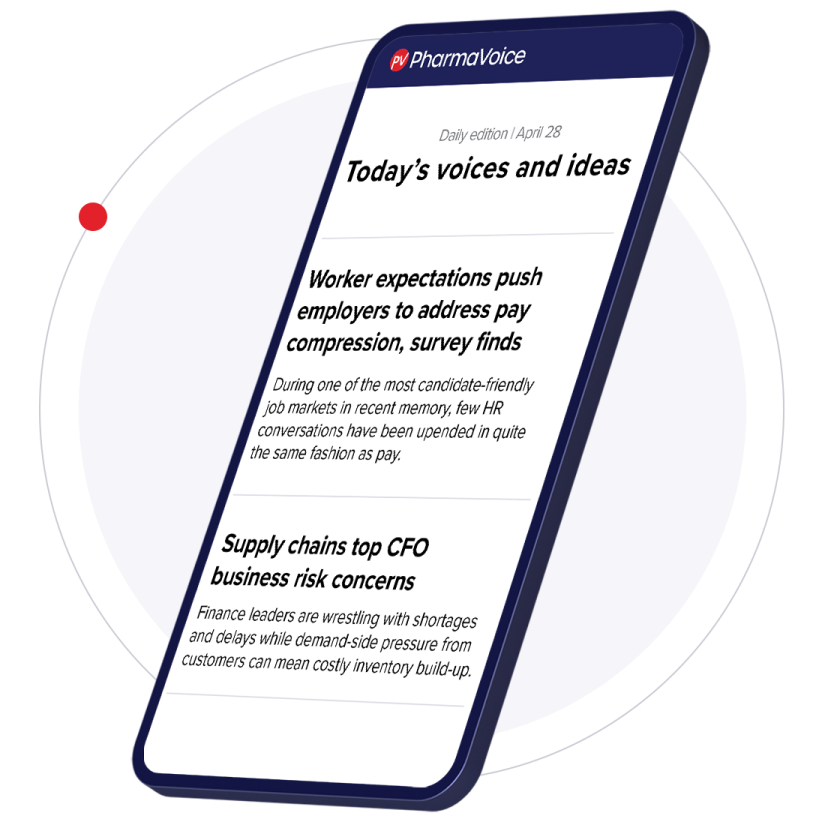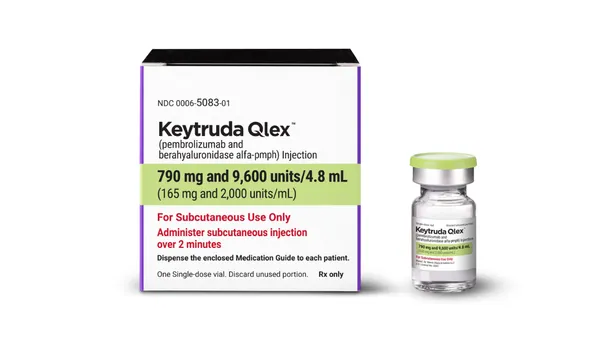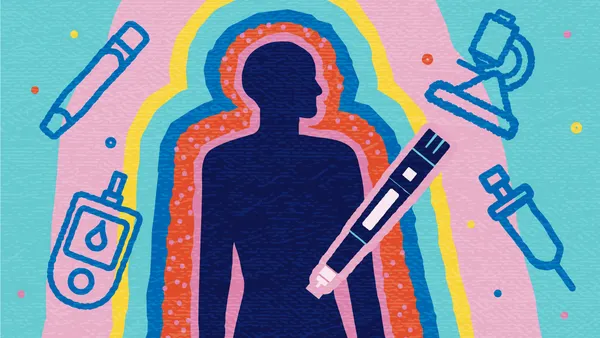Breaking the Cultural Barriers Through Effective Education September 2006 VIEW on Marketing Bill Eaves, VP, New Business Development, Multicultural Education Ethnic disparities in healthcare in the United States continue to be a growing problem in the 21st century. According to the U.S. Census Bureau, Hispanics, African-Americans, and Asians are the fastest growing segments of the population, accounting for more than 30% of the total U.S. population. These groups represent an untapped opportunity for the pharmaceutical marketer. Other industries such as food, retail, and automotive have been targeting these groups for years with significant success. Recently, the pharmaceutical industry began to capitalize on this growing and untapped opportunity. Some companies have realized great successes while others have not and therefore abandoned their initiatives. The difference between success and failure can be answered with one simple question: what is the level of cultural competence of the marketer and the initiative? Cultural Competence Cultural competence begins with understanding the differences in needs and perceptions, aspirations, and educational levels that go beyond the obvious differences in language and physical appearance. Those pharmaceutical marketers who have developed culturally competent multicultural-education initiatives are reaping the benefits of their efforts and investments. Meanwhile, those who thought multicultural marketing simply meant investing in mere translations of their general market campaigns or placing an advertisement in the general Hispanic, African-American, or Asian media are at a loss, wondering why they have difficulty penetrating these markets. Beyond the obvious language, reading level, and point-of-contact differences, it is critically important to understand the role of cultural issues such as fatalism, brand loyalty, spiritual impact, family interaction, and cultural perspectives. From a clinical perspective, the marketer must understand the differences in diet, lifestyle, disease incidence, and healthcare-seeking behaviors. All of these may have a dramatic impact on treatment outcomes. Furthermore, the marketer should appreciate that Hispanic patients prefer to be treated by Hispanic physicians, Asians prefer Asian physicians, and the like. The physicians who treat these patients also have specific needs to help them better serve their patients. Educational materials for both the physician and the patient are of critical importance to the success of a multicultural campaign. Developing Appropriate Materials Disease-state education that is appropriate to the language and reading level not only helps drive patients to physicians’ offices, thereby expanding the market, it also helps improve compliance and persistency. Culturally competent brand and disease-state information helps the physician provide accurate, ethnically relevant information about the relationship of the brand to the disease state. This helps manage patients’ expectations and increases comfort levels with the product. Culturally competent education helps improve treatment outcomes by empowering and engaging the patient in his or her own disease management. The end result is a win-win for all concerned. The Physician Component Reaching Hispanic, African-American, and Asian physicians is no different from reaching any other physicians in the United States. They, too, are faced with time constraints. That said, marketers who provide targeted medical education will thrive. To raise the share of voice within these market segments, developing relationships with key opinion leaders within these medical communities and having a presence in multicultural medical associations, advocacy groups, and community-based organizations should be integral to a well-rounded strategic marketing plan. Instituting multicultural advisory boards, developing medical content with culturally relevant case studies, providing speaker training, and ultimately offering education to the various ethnic groups by members of their own cultural medical community via various avenues will enhance the entry to this marketplace. When considering the untapped market potential these populations represent for a brand, marketers should remember: there are more Hispanics in the United States than there are Canadians in Canada; there are more African-Americans in the United States than there are Australians in Australia. Clearly it is time to break the cultural barriers and seize the opportunities. multicultural programs Culturally competent education helps improve treatment outcomes by empowering and engaging the patient in his or her own disease management. The end result is a win-win for all concerned. Phoenix Marketing Solutions LLC, Warren, N.J., is a full-service medical education company that specializes in developing and executing promotional medical-education tactics. For more information, visit phoenixmsolutions.com.
An article from


Breaking the Cultural Barriers Through Effective Education
Filed Under:
Commercialization









